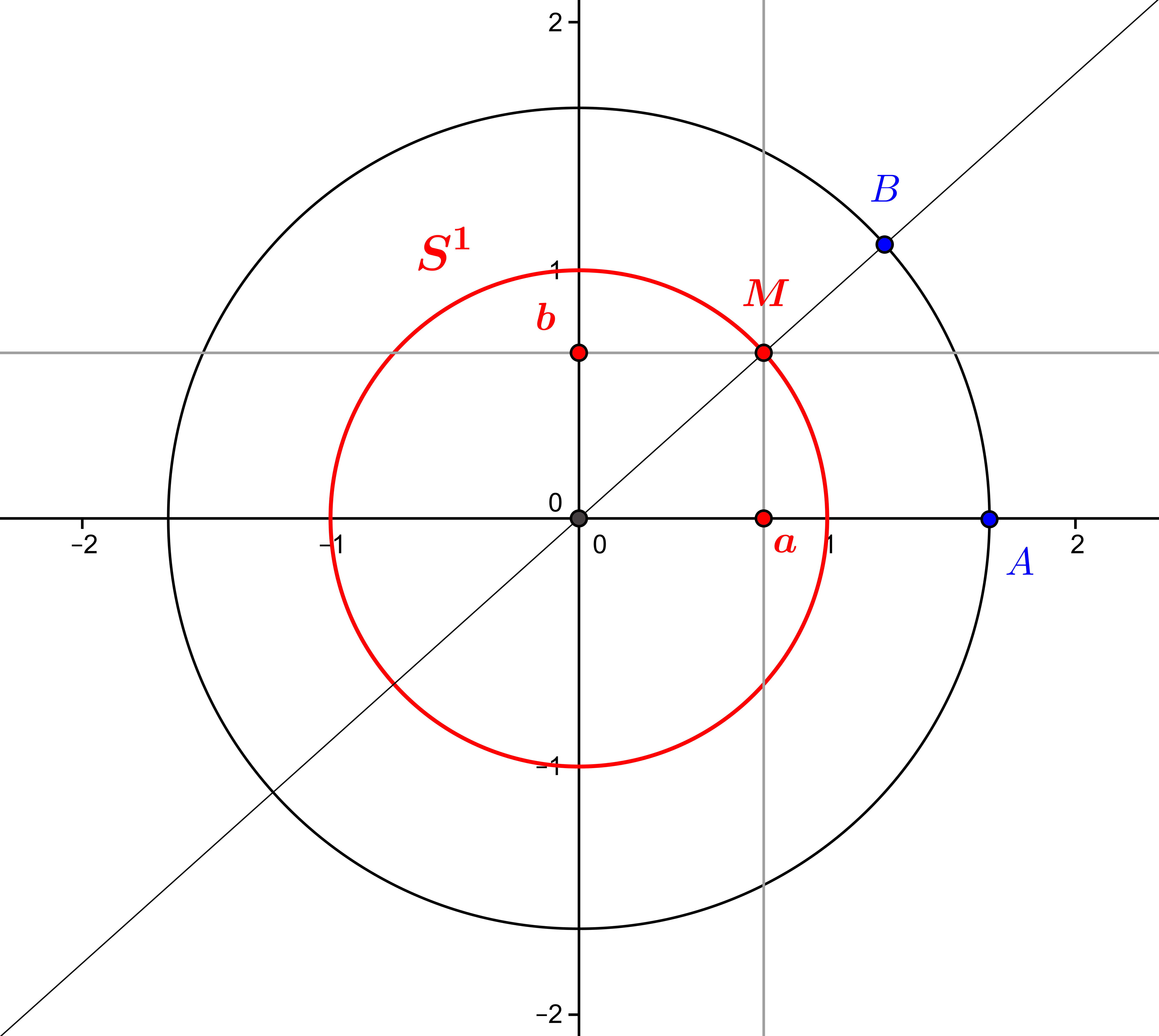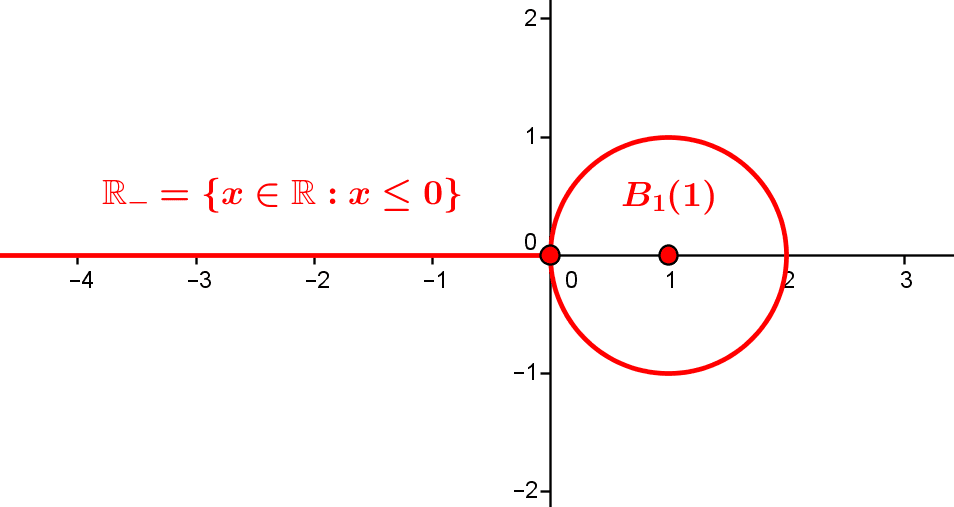
by Jean Barbet | Dec 29, 2020 | Analysis, Functions, Non classé
Some functions that can be differentiated indefinitely can be described ‘around each point’ as the sum of an power series. These are analytic functions, real or complex, the typical example being the exponential function, which can be extended to the whole complex...
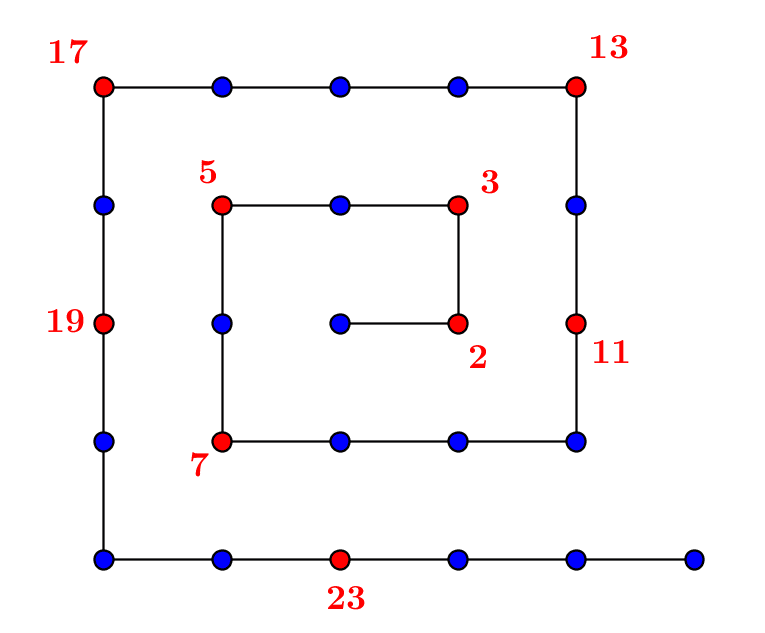
by Jean Barbet | Dec 16, 2020 | Non classé, Number Theory, Set Theory
The prime natural numbers are those which have no divisors other than 1 and themselves. They exist in infinite number by Euclid’s theorem, which is not difficult to prove. 1.Prime numbers 1.1.Divisors and primes A prime number is a non-zero natural number (see...
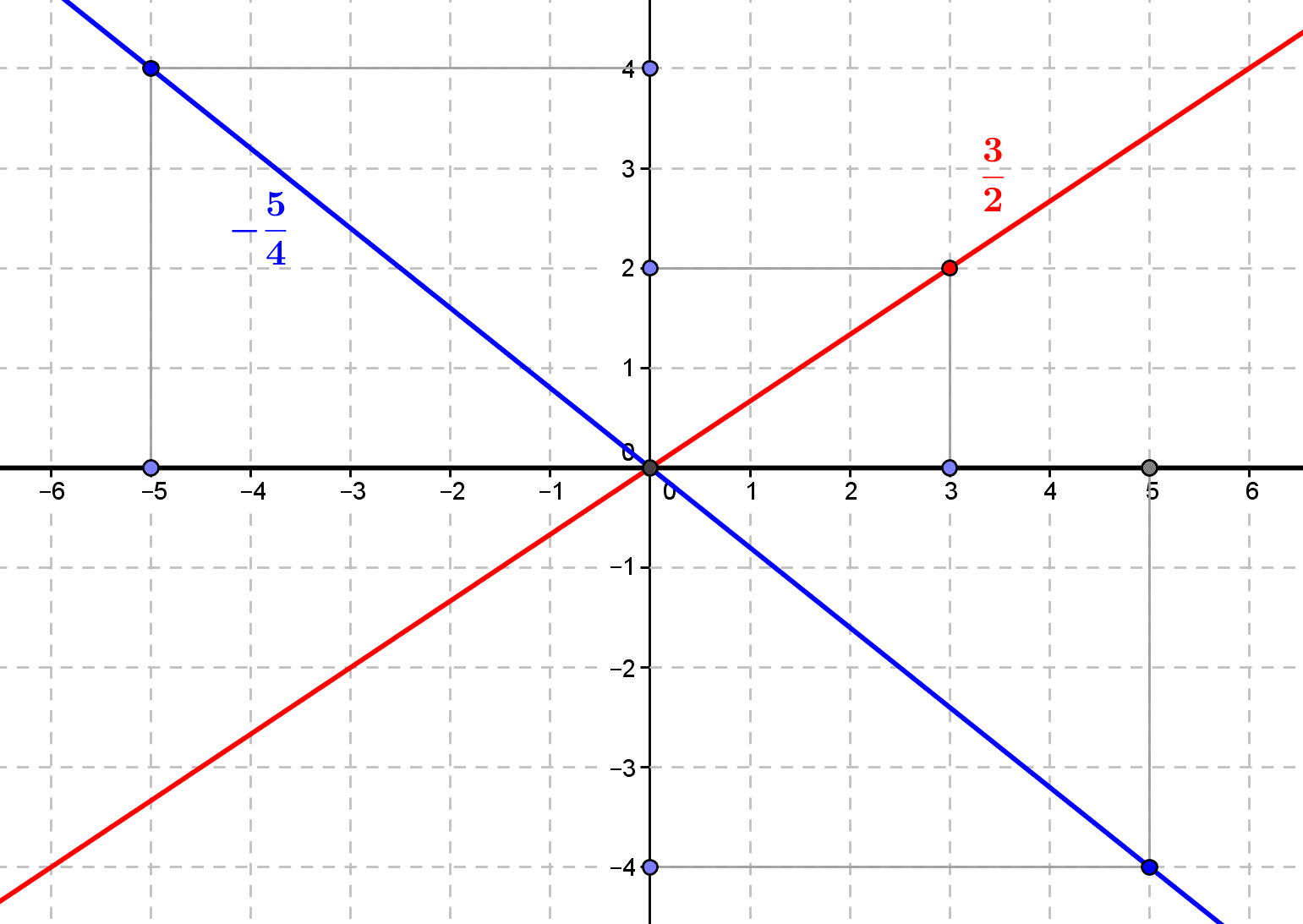
by Jean Barbet | Nov 20, 2020 | Non classé, Number Theory, Set Theory
1.The intuition of rational numbers Rational numbers, i.e. “fractional” numbers, such as \(-\frac 1 2, \frac{27}{4}, \frac{312}{-6783},\ldots\), form an intuitive set which we note \(\mathbb Q\). It is an extension of the set \(\mathbb Z\) of integers (see...
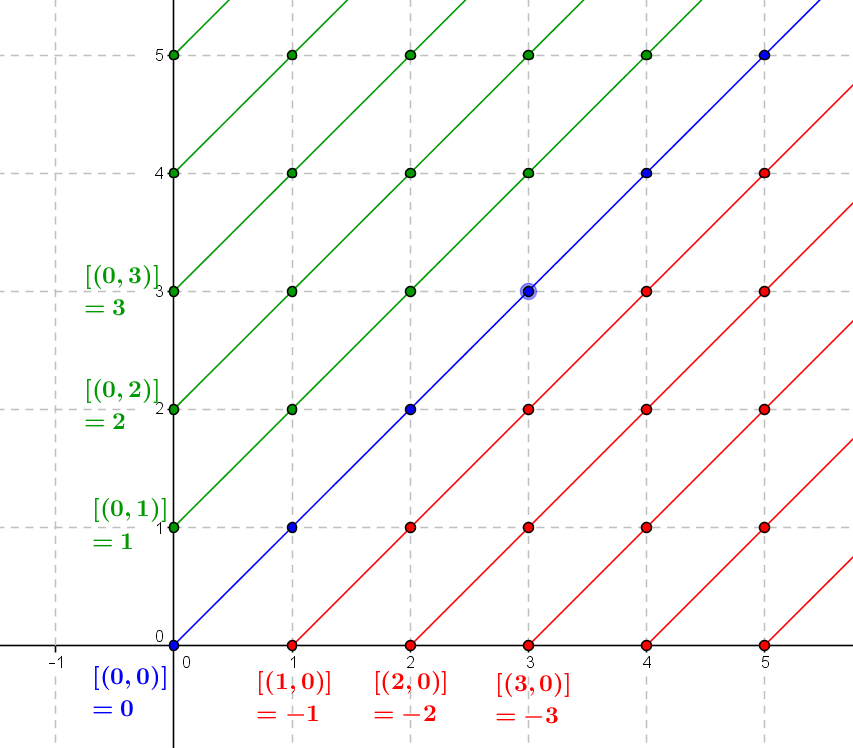
by Jean Barbet | Nov 10, 2020 | Number Theory, Set Theory
Integers are an extension of the natural numbers where the existence of subtraction provides a more appropriate framework for certain questions of arithmetic. They can be described axiomatically, but can also be constructed from the set of natural numbers and some...
